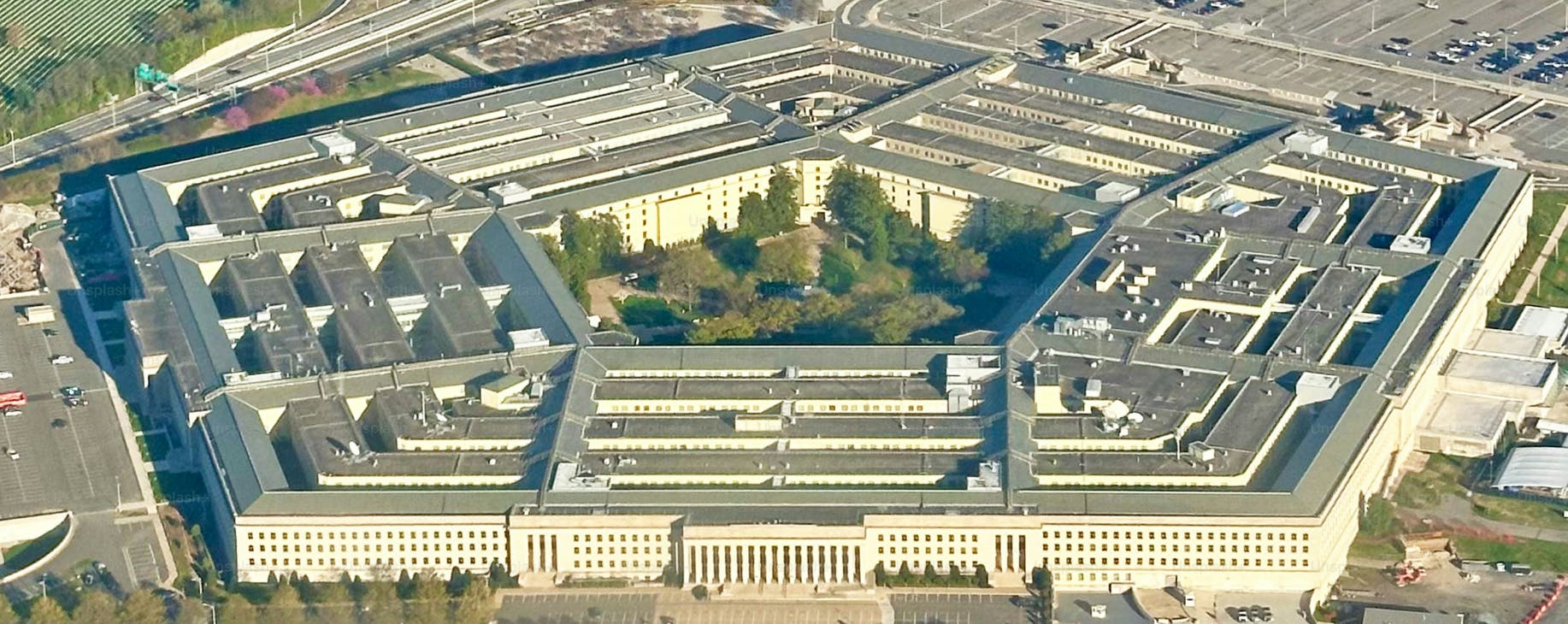
Why CMMC 2.0 Certification Will Become a Key Differentiator in the Federal Market
Cybersecurity expectations in the federal space are shifting fast. For companies in the defense industrial base (DIB), the rollout of CMMC 2.0 isn’t just a regulatory hurdle, it’s a strategic inflection point. Certification under CMMC 2.0 is quickly becoming the minimum requirement to compete for defense contracts, and a clear signal to the market that your organization is secure, reliable, and ready to deliver.
Done right, CMMC 2.0 is a massive growth opportunity. It helps companies win more business, build trust with federal partners, and operate more efficiently in an increasingly complex security landscape. Compliance may be the expectation, but certification presents a clear advantage: it’s quickly becoming one of the most effective ways to stand out and scale in the federal marketplace.
Admission to a lucrative market
If you want to do business with the Department of Defense, CMMC 2.0 certification is now the price of admission. Companies that handle Controlled Unclassified Information (CUI) or work with other companies within the DIB will need to demonstrate they meet the appropriate level of cybersecurity maturity as it relates to CMMC. For many Level 2 and all Level 3 organizations, that means passing a C3PAO assessment.
This isn’t a future concern; the shift is already in motion. If your organization isn’t actively planning for CMMC certification, you're falling behind. And while some may grumble about the cost or complexity, the truth is that the federal market is one of the most lucrative and stable in the world.
Federal contracts in FY2024 totaled $773.68 billion, with small businesses seeing a $4B increase in contract value. And with evolving geopolitical tensions and increasing cyber threats, federal spending on defense and cybersecurity is only expected to rise.
Billions of dollars are on the table, and the federal government is signaling a clear preference for partners who are using up to date technologies and taking cybersecurity seriously. Certification isn’t just a matter of compliance, it’s competitive positioning and vendor trust.
Third-party validation as the new standard of trust
In an era where cyberattacks and data breaches dominate headlines, trust is hard to earn and even harder to prove. Security incidents, supply chain compromises, and inconsistent standards have left many federal agencies understandably cautious when choosing vendors.
More than 35% of all data breaches in 2024 originated from third-party compromises. And in the defense sector, the consequences of a single compromise go far beyond financial loss. One weak link in the supply chain can lead to mission failure, stolen intellectual property, or even national security risks.
CMMC 2.0 assessments for Level 2 and Level 3 contracts add a critical layer of credibility. It proves that your cybersecurity program isn’t just well-designed, it’s battle-tested. This kind of validation is essential with government agencies, prime contractors, and even commercial customers. It’s a level of assurance that makes your organization easier to trust, and trust is everything in the federal space.
Driving operational efficiency from the inside out
What often gets overlooked are the internal benefits of achieving CMMC 2.0 compliance. Preparing for certification isn’t just about checking boxes, it’s a chance to take a clear, focused look at your security controls, internal processes, and overall operational effectiveness.
When done right, that process drives lasting improvements across your organization. As companies work through the controls and processes required for certification, many discover inefficiencies and gaps that, once addressed, lead to real improvements.
Better controls reduce incidents. Clearer processes reduce confusion and human error. A well designed, and securely set up infrastructure protects sensitive data. And more mature cybersecurity practices help teams use their time and resources more effectively. When security becomes part of your operating rhythm, the ripple effects are felt across your entire organization. You can deliver a better product, on time and securely, with fewer operational hiccups. The end result is an improved experience for all of your customers.
Security and compliance that keeps pace with your business
One of the biggest challenges with frameworks like CMMC is keeping pace with evolving requirements and a shifting risk landscape. Manual processes simply can’t keep up. That’s why automation is quickly becoming the future of federal compliance. CMMC 2.0 may be the current benchmark, but the real value comes when you build a proactive, automated compliance program that adapts as you grow.
Manual compliance processes eat up time, introduce human error, and drain resources that could be spent on real security work. Automation shifts the burden by streamlining evidence collection, control testing, and reporting, so teams can spend less time preparing for audits and more time protecting what matters.
Automated platforms can continuously monitor control performance, collect evidence, and generate the reports you need not just at audit time, but in real time. This kind of agility is critical as the cybersecurity landscape becomes more dynamic and compliance expectations increase. Automation helps organizations move from reactive to proactive, turning compliance into an ongoing process rather than a periodic scramble.
This is where the smartest companies are heading. Not just meeting requirements for certification, but integrating security and compliance into their daily operations through automation. It’s faster. It’s smarter. And it’s how real differentiation is built.
Using CMMC 2.0 as a launchpad for long-term success
CMMC 2.0 is more than a regulatory box to check. It’s a strategic opportunity to prove your value, differentiate in a competitive market, and improve how your business runs every day. Certification not only opens the door to new contracts, it also builds lasting trust, reinforces operational excellence, and signals to the market that your company is built to last.
As the federal government raises the bar, smart companies won’t just meet it — they’ll use it as a springboard to pull ahead. By embracing frameworks like CMMC 2.0 now, and investing in scalable, automated compliance, you can position your organization not just for short-term wins, but for long-term leadership in the defense space.
Featured Newsrooms


